It’s the last day of July, the temps are creeping up to 100 every day, and you would think the birds would stop fledging babies.
Instead, we have a begging baby mockingbird out in front keeping its exhausted parents busy. And orioles, along with many competitors, are feeding Nevin’s barberry berries, a local California native with bright red berries, to a fledgling, along with nectar from a white orchid tree (bauhinia) that originates from Asia.
Kinda like a typical neighborhood, we have species intermixing. California towhees, mockingbirds and jays all produced young at the same time, and every morning, a two-month-old towhee hops around with his or her mockingbird buddy.
Some photos below from the busy bird begetting in our yard this breeding season – starting with the earliest. Not all were successful.
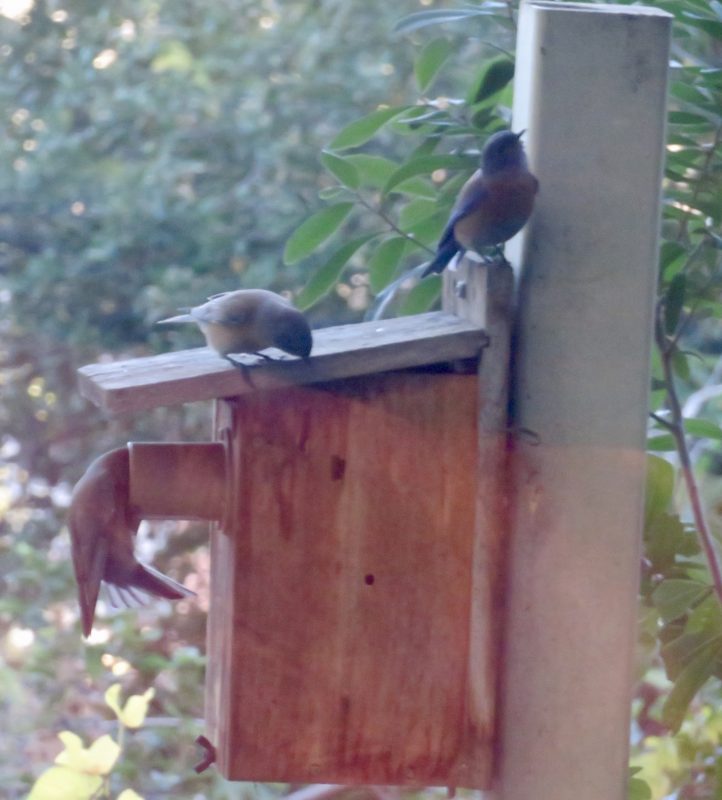



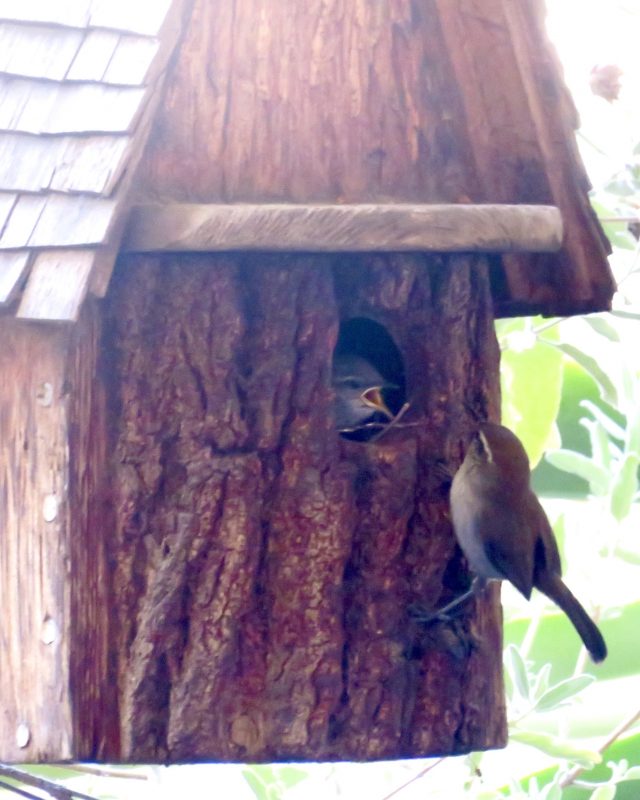
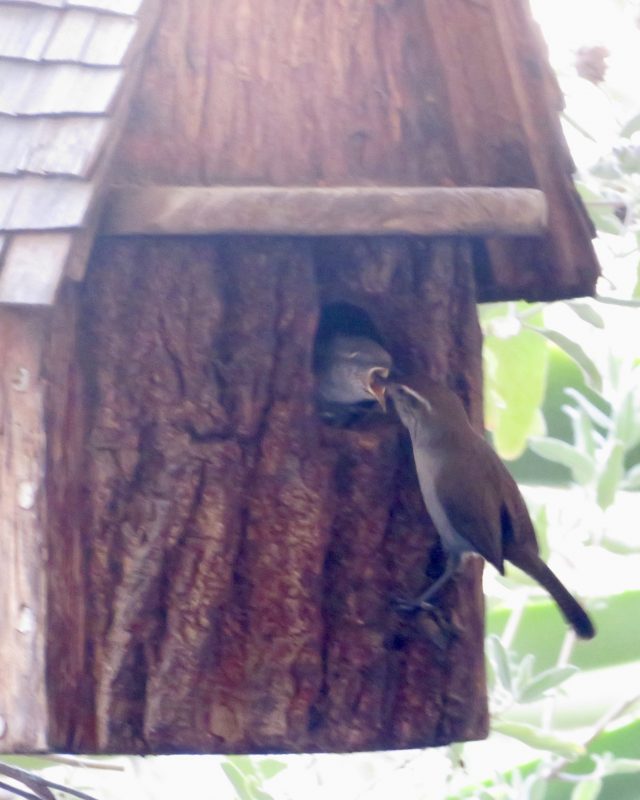
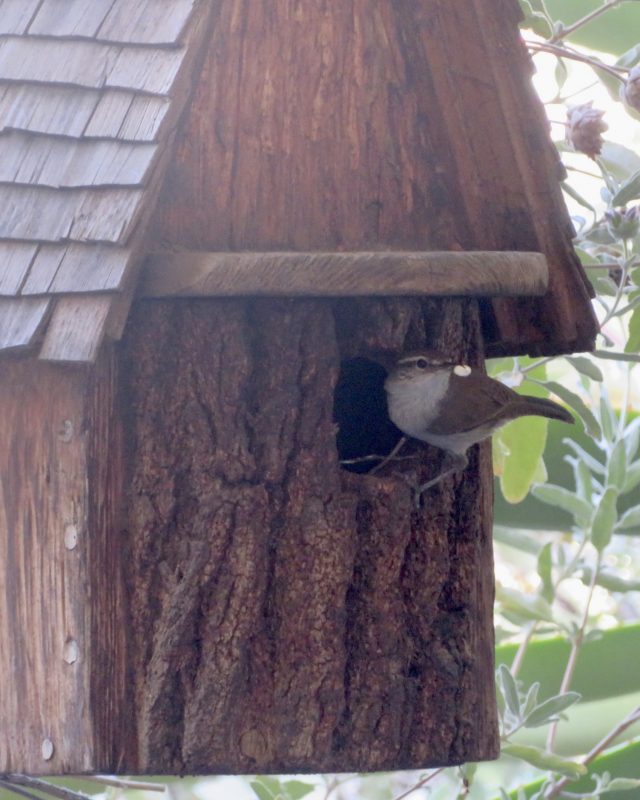
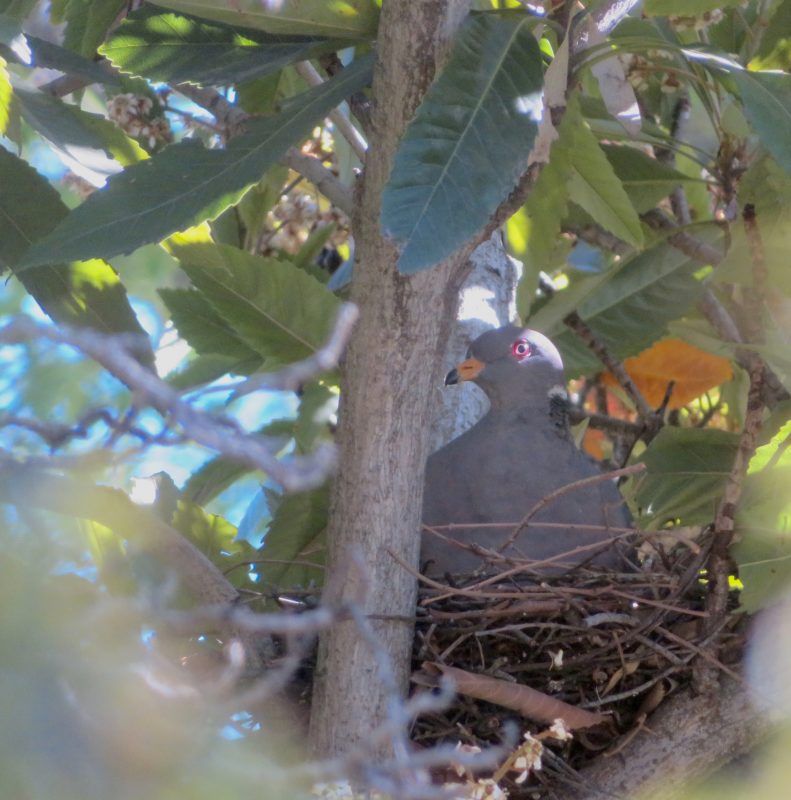

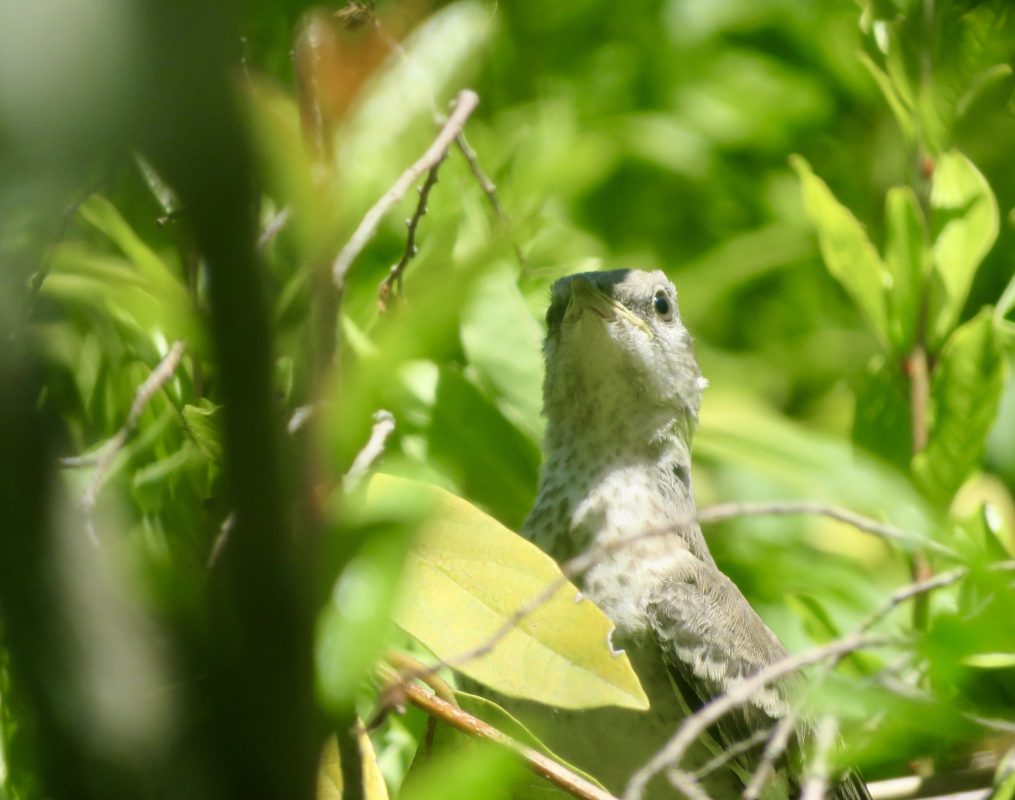
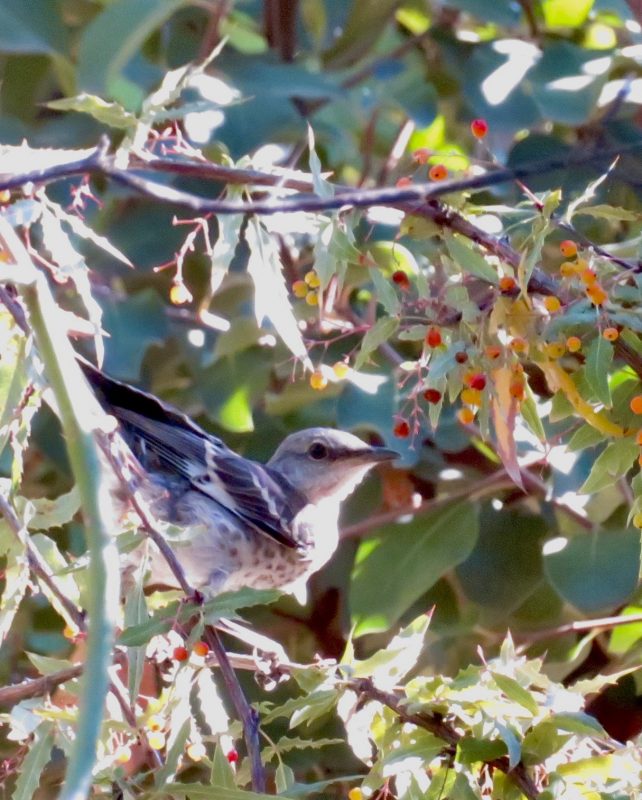
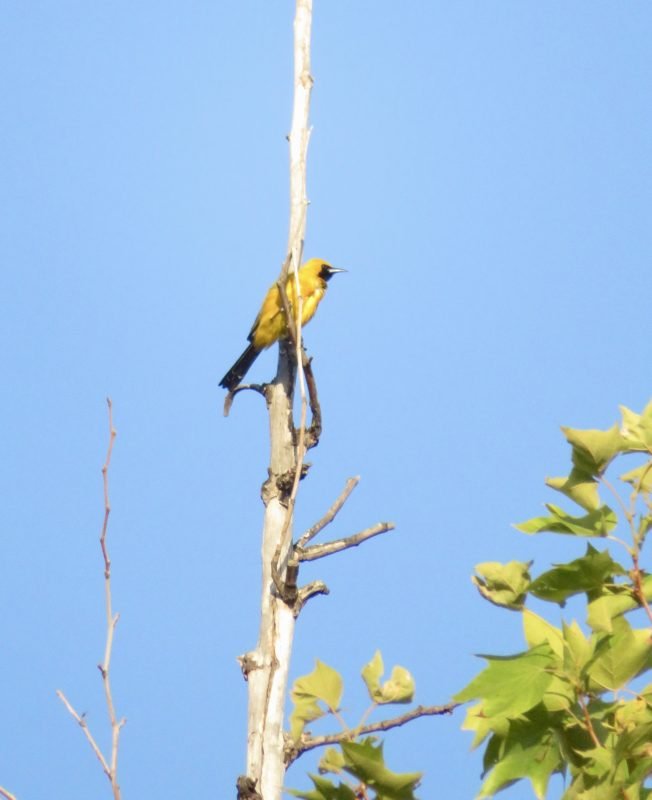
Lessons Learned
Value of natives: The more our native plants grow in our yard and make up a higher percentage of our plants, the more insects they attract. Since baby birds require high calorie insects, that along with nesting spots and good cover — has resulted in so many nesting birds using our yard.
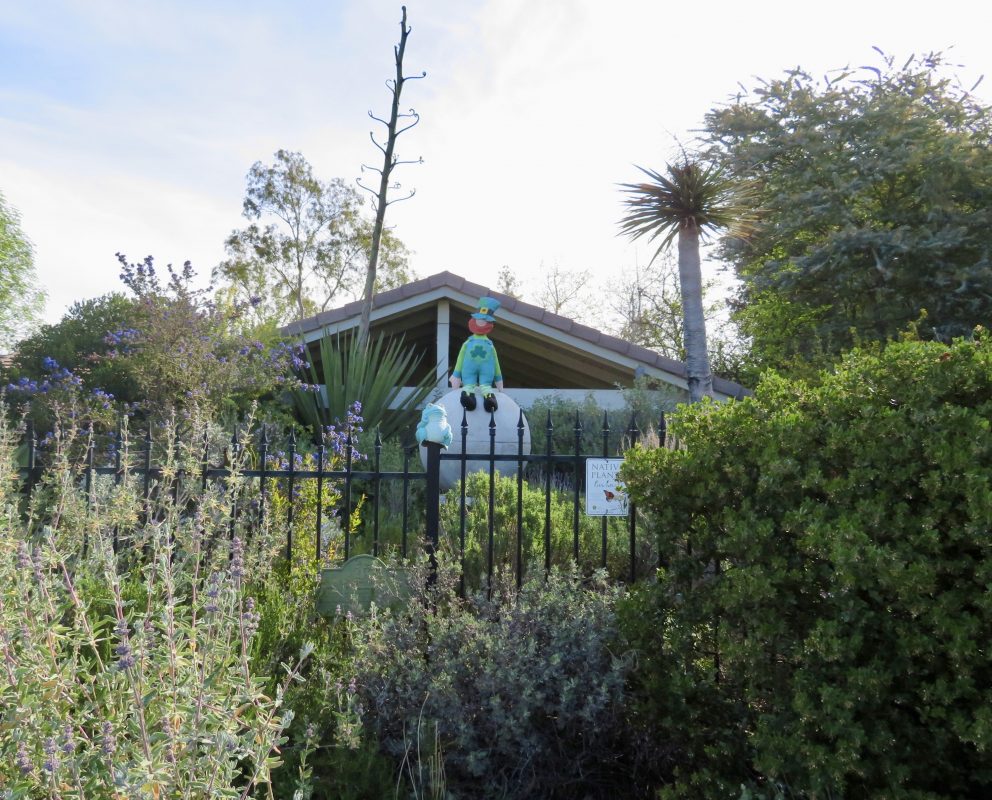
Water source: Birdbaths throughout our yard – we have three – are well used. However, change regularly to avoid mosquito breeding!

Don’t prune shrubs and trees during nesting season! The last photo below was left undisturbed, the next first three show owl babies being disturbed.
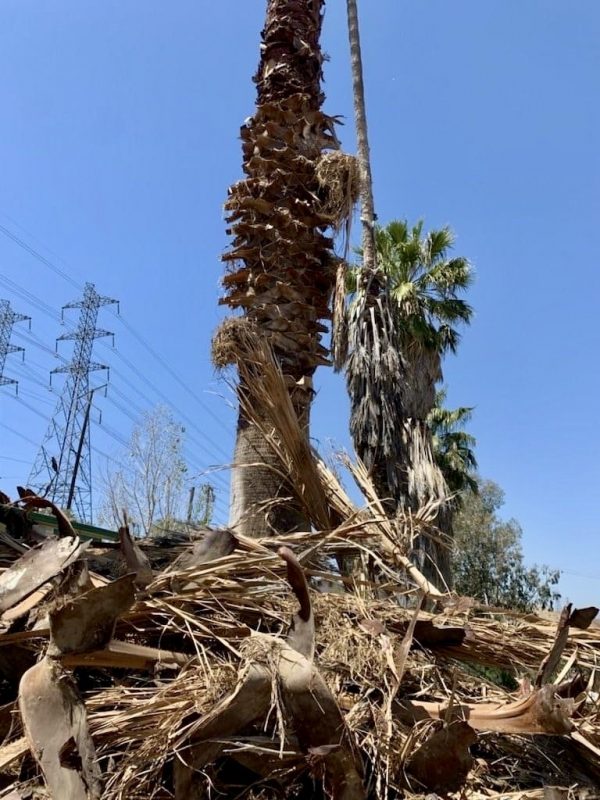
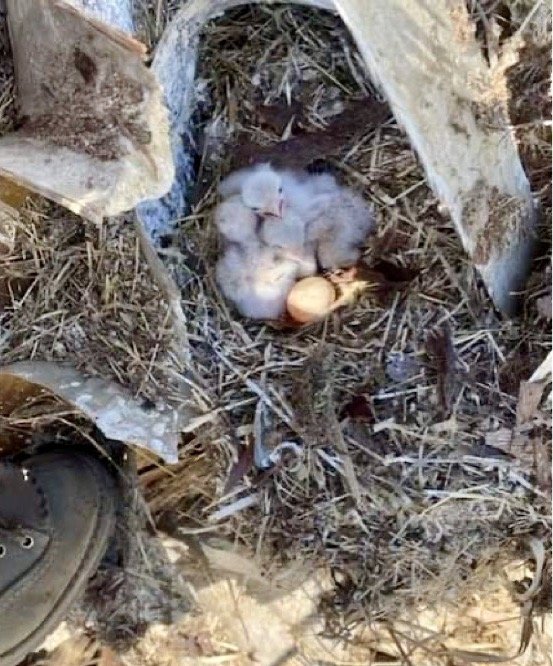
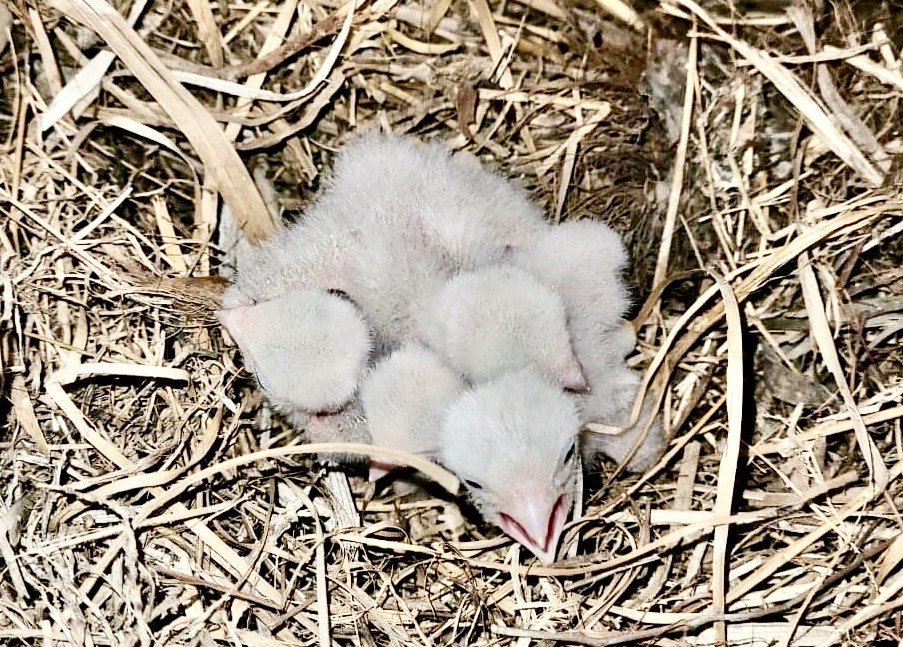
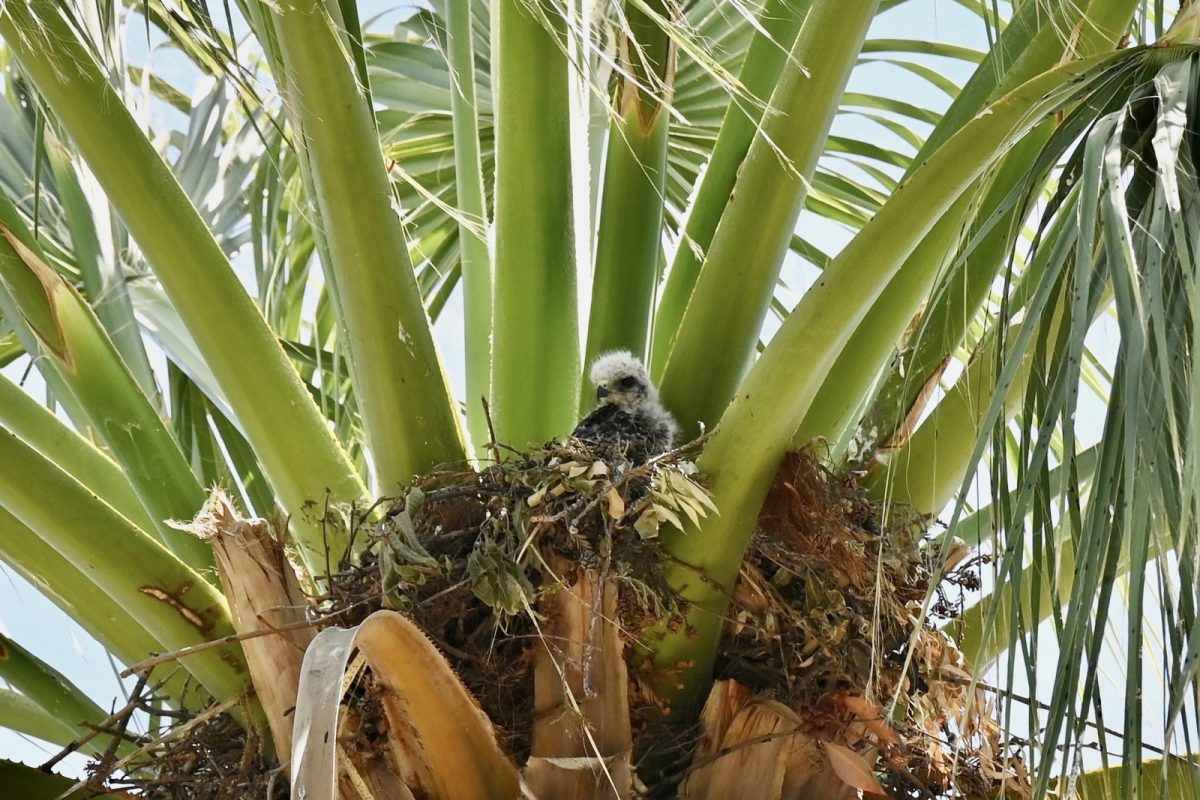
Plant variety: We have a variety of plants that bloom at various times, attracting insects to feed the birds, and also provide berries or fruit throughout the year, to feed our berry eaters.

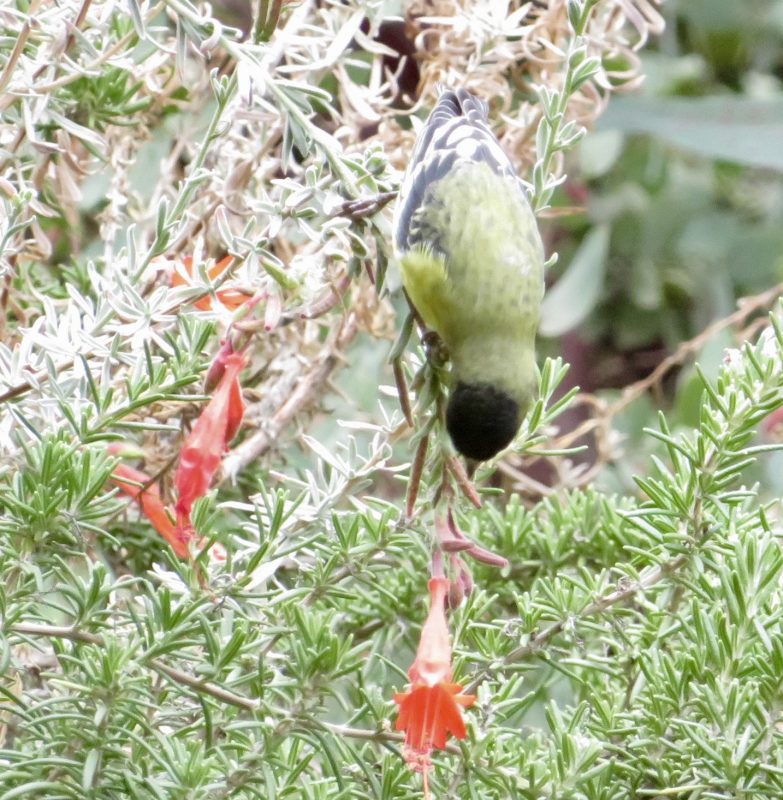

A Few Other Photos from this Year

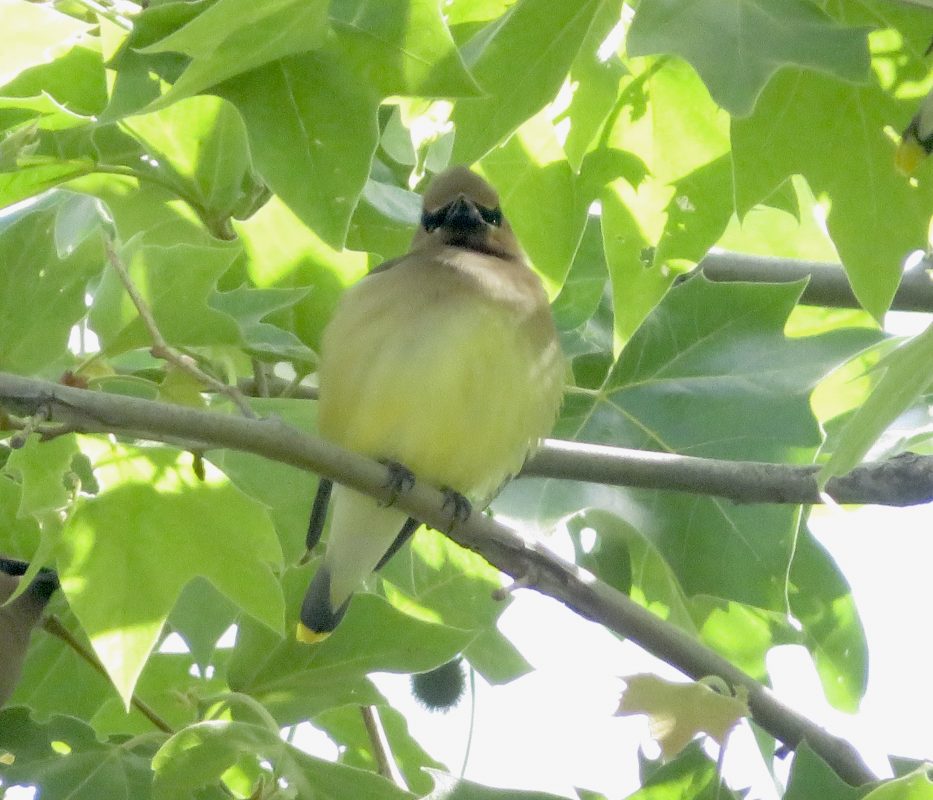
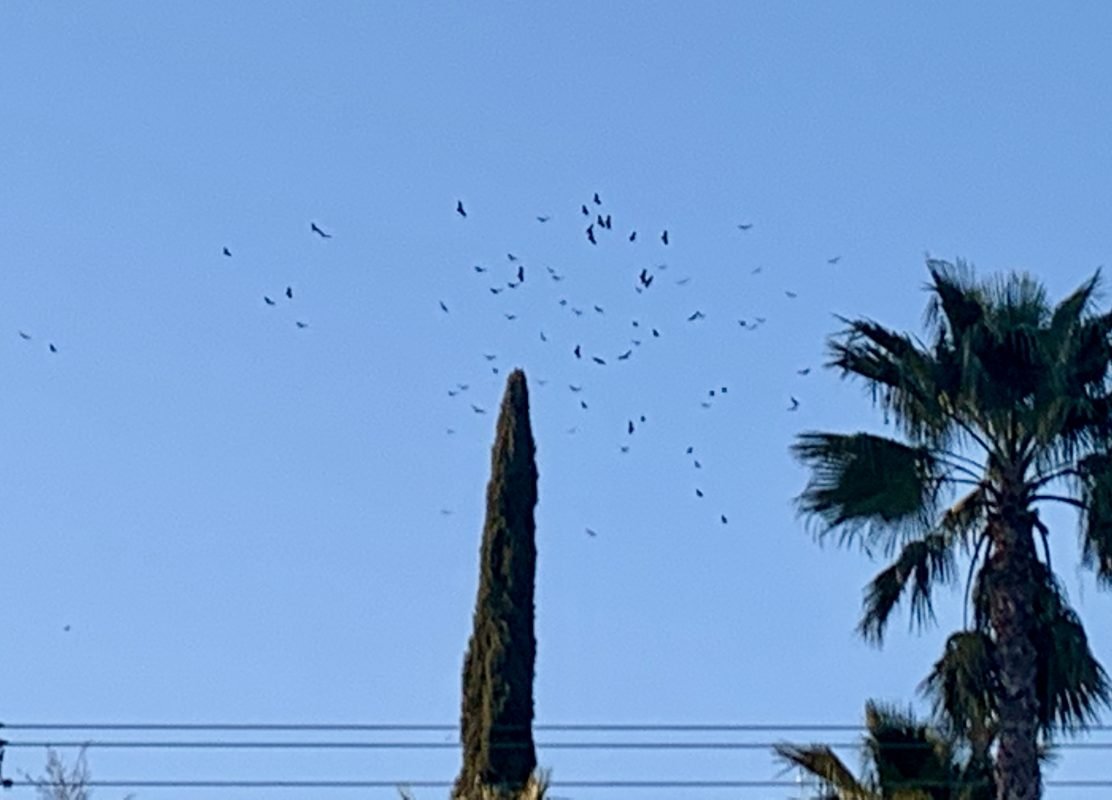
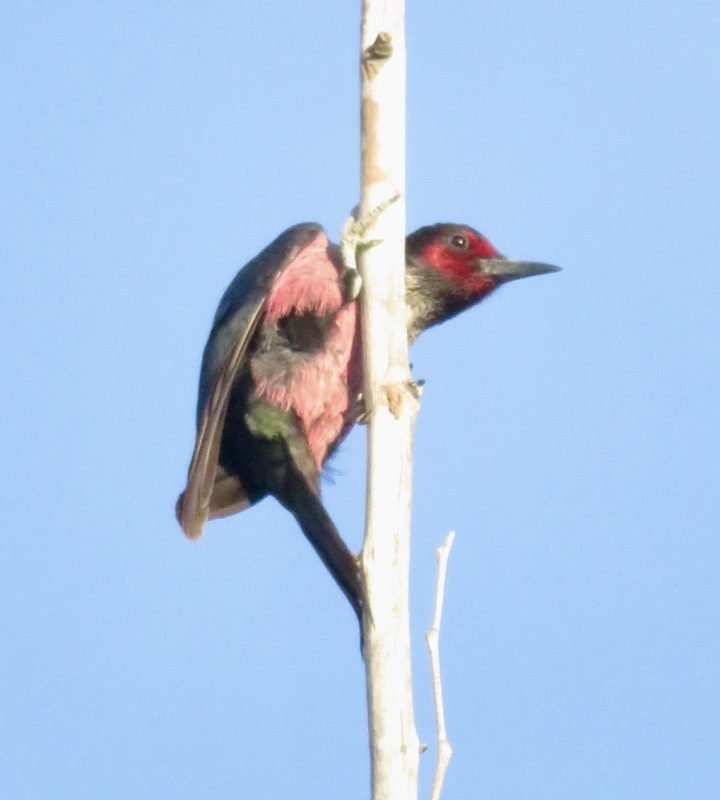
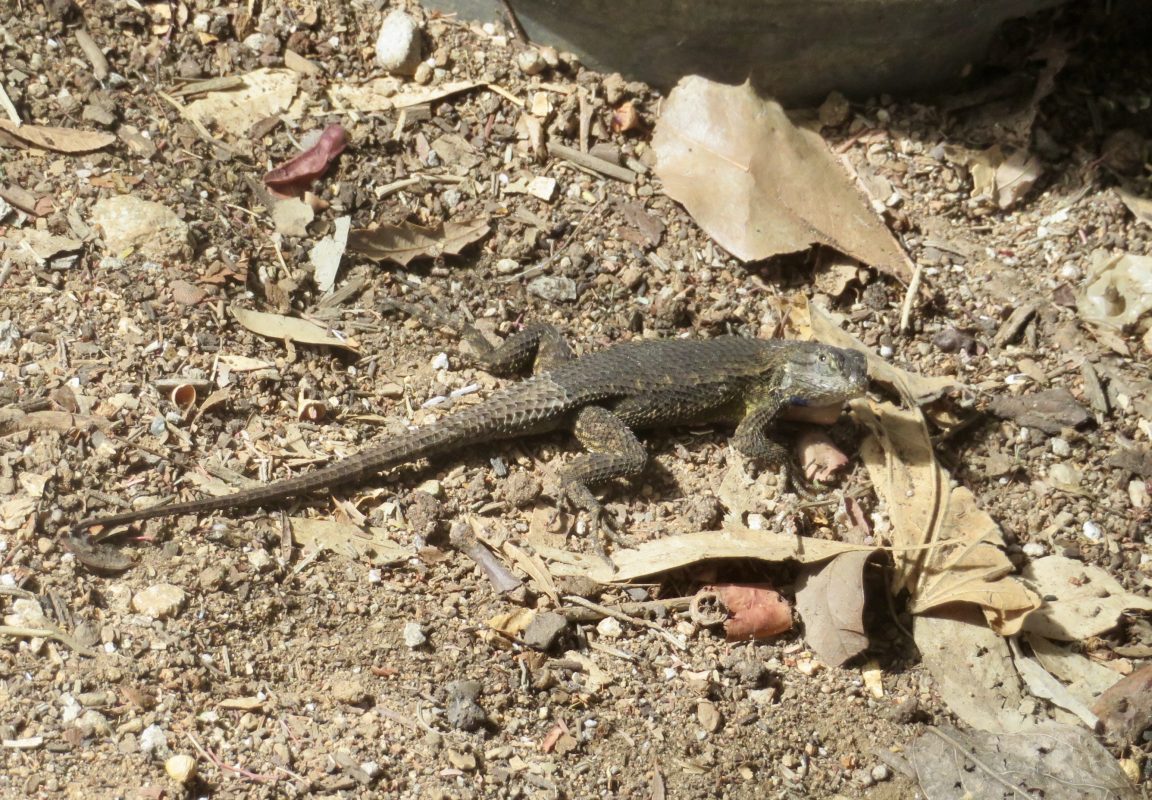
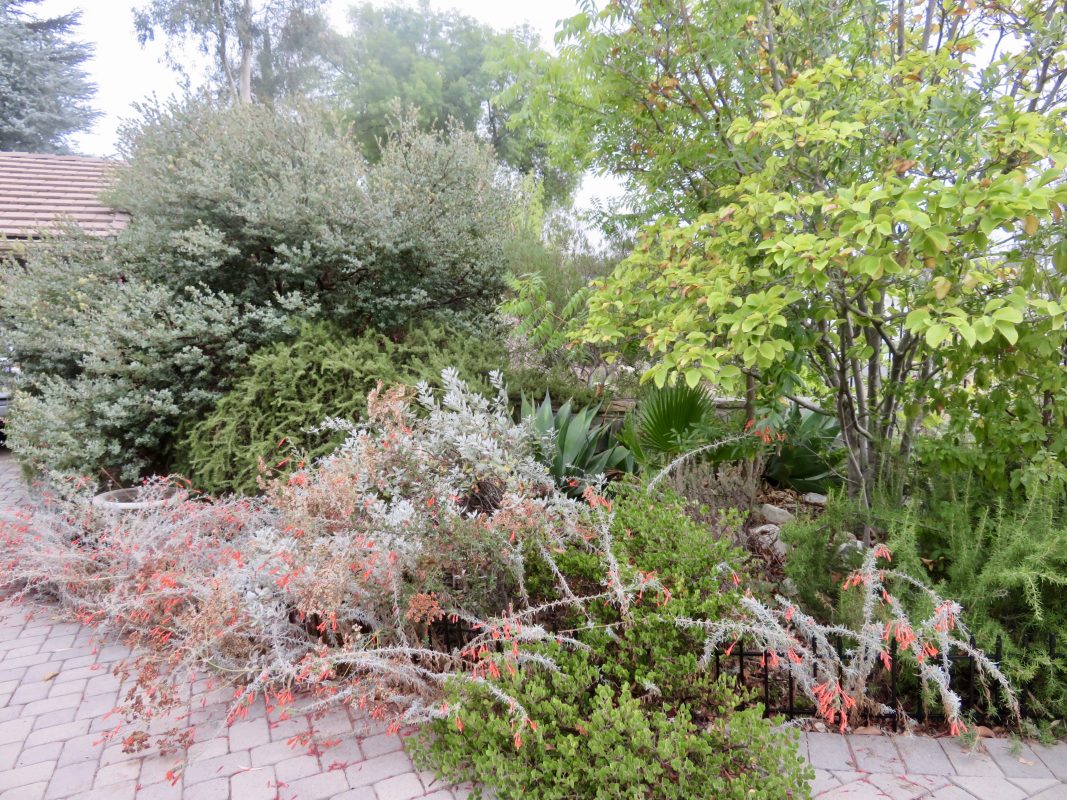
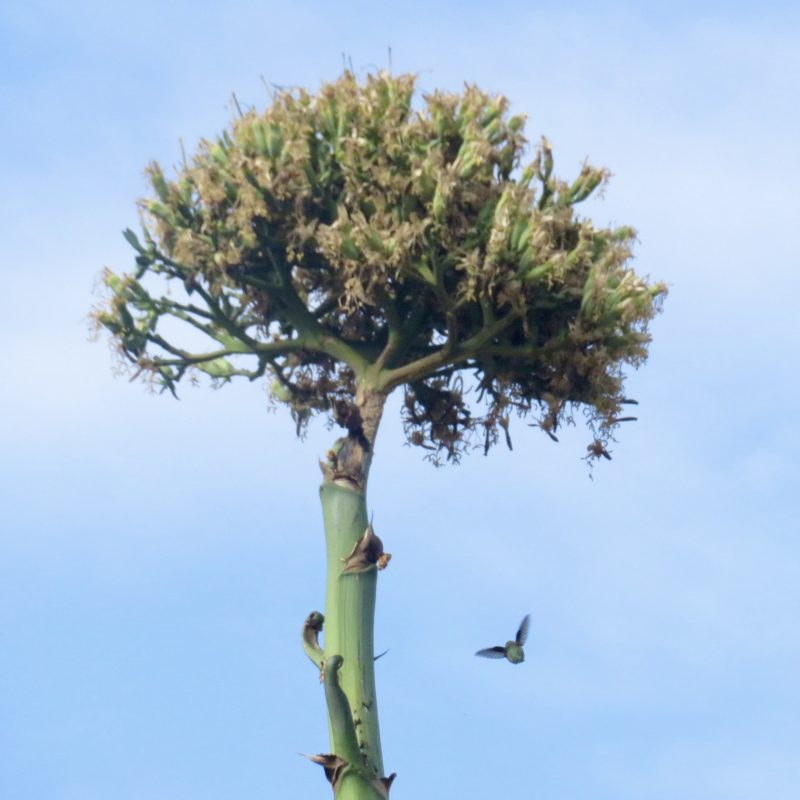
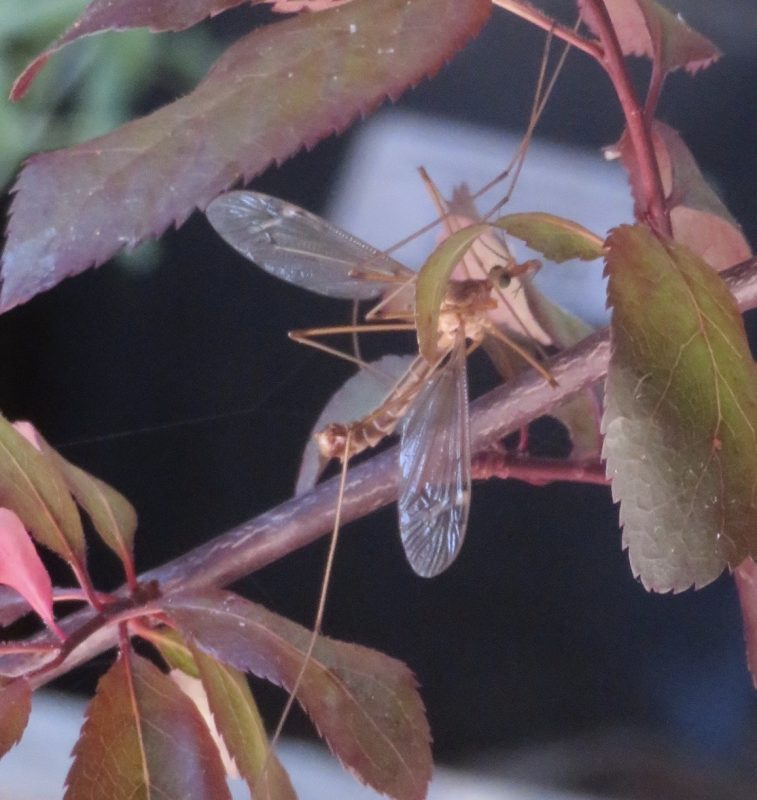
For more info:
- See my other blogs such as the Favorite Native Plant category and others on habitat gardening – such as why insects are good and more about our yard’s conversion and an example from the Midwest
- Google native plants for your region -or in California, favorite websites are Calscape, Tree of Life Nursery and Las Pilitas
- Bugs are so important – learn more at Xerces
Leave a Reply